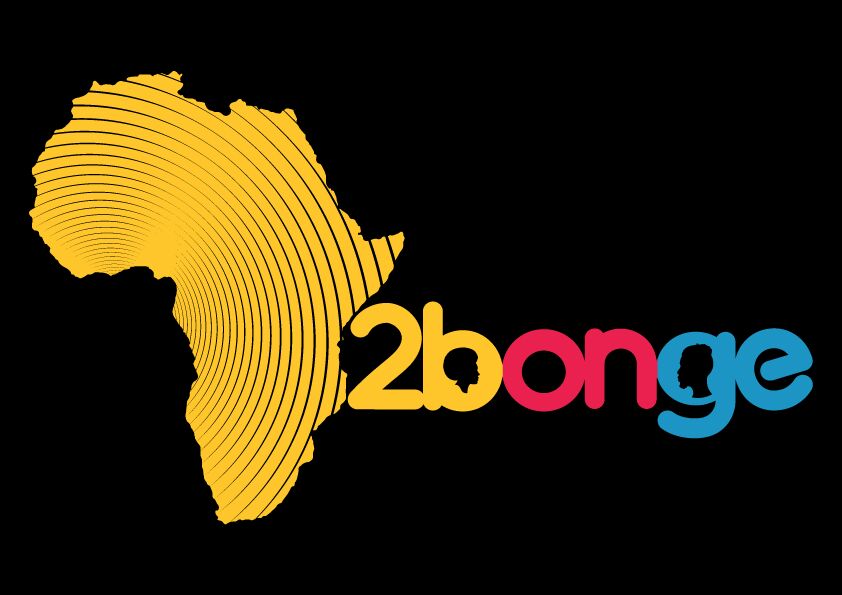The Community Peace Museums Heritage Foundation (CPMHF) began in the 1990s when ethnic violence seized the Eastern African region from Rwanda to Somalia. At the time, Dr. Sultan Somjee, a Kenyan ethnographer who worked for the Institute of African Studies and the National Museums of Kenya, aimed to identify alternative ways reconciliation and peacemaking could occur to resolve the ongoing ethnic conflicts. Somjee began to conduct fieldwork in remote villages in Kenya to understand indigenous cultures values of peace. An important point that emerged from his research was that peace heritage traditions were embedded in their visual, oral, material culture, and expressive arts customs as a resource for conflict resolution.
Furthermore, indigenous peacemaking practices were not only utilized before colonialization, during colonialization, and continued in post-independent Kenya. Even though these traditions varied in each ethnic community, he found that they shared many similarities, including peace elder councils, sacred peace trees, animal totems, peace staffs and age set rituals. Somjee consulted closely with elders, who choose young men and women from each ethnic group to be his field assistants. Then he trained them to research peace heritage traditions, collect and conserve.
material culture. Later, the field assistants built small museums in their homelands and became the curators. These curators’ aim is to bring together.
conflicting ethnic groups to honour each other’s cultural heritage that sustains the notion of utu or humanity in its many shades among various ethnic traditions.
In 1994, the museums were formalized under the CPMHF umbrella. The goal was to strengthen the cultural foundations that commemorate memories of living without violence among ethnic communities through cultural heritage. Over the years, the CPMHF has grown to form international partnerships to facilitate community outreach programs, such as The Great Beaded Peace Tree (2008), Journeys of Peace (2013-2014), Youth4Peace (2015), Opening Doors for Gender and Sexuality Dialogues- “2bonge”- (2018), Young Ugandans and Kenyans Demonstrate the Value of Social Cohesion (2019-2020), and The Voices of Young People in Heritage Conservation (2021-2022). These educational programs and exhibits integrated cultural heritage knowledge as a resource for prevention of ethnic conflict, and as a tool to foster reconciliation and healing in post-conflict situations. These projects broaden people’s mindsets towards understanding cultural diversity and developing tolerance.
Today, CPMHF has a network of community-based peace museums that stretch across Kenya and East Africa at large. These include:

List of Community Peace Musems in Kenya
Akamba Peace Museum – Kyanzasu
The Akamba Peace Museum is situated in the countryside near Machakos in a village called Kyanzasu. It was founded in 2002 by curator Munuve Mutisya, on land inherited from his father. The museum was one of the original group of peace museums involved in the Community Peace Museums Programme set up by Dr. Sultan Somjee, and is now part of the Community Peace Museums Heritage Foundation. The museum is particularly promote a culture of peace through interpreting, collecting and displaying peace related material, by informing the public about peace and nonviolence using illustrations from the lives of peace makers and heroes, campaigns and historical events. Included are also peace related sites, centers and institutions which are involved in peace education through exhibitions, documentation and other related activities.
















Abagusii Peace Museum
Aembu Peace Museum
Dorobo Peace Museum
Isukha Mulindi Peace Museum
Keiyo Peace Museum
Lari Memorial Peace Museum
Maasai Peace Museum
Pastoralist Peace Museum
Pokot Peace Museum
Tharaka Peace Museum
Chuka Peace Museum
Yaaku Peace Museum
Seu seu peace Museum
Osotua Peace Museum
Waata Peace Museum
Wailwana Peace Museum
Mnyoyaya Peace Museum
Elmolo Peace Museum
Gabra Peace Museum
Borana Peace Museum
Rendile Peace Museum
Samburu Peace Museum
Sabaot Peace Museum
Tugen Peace Museum
Luo Peace Museum
Abasuba Peace Museum
Keiyo Peace Museum

